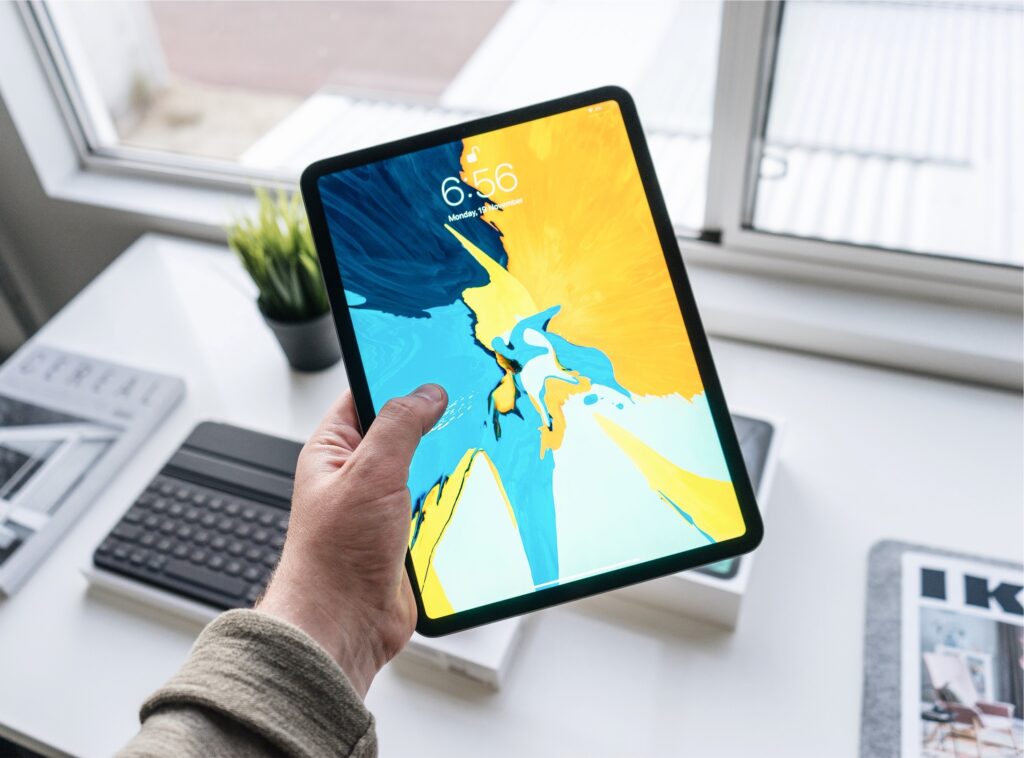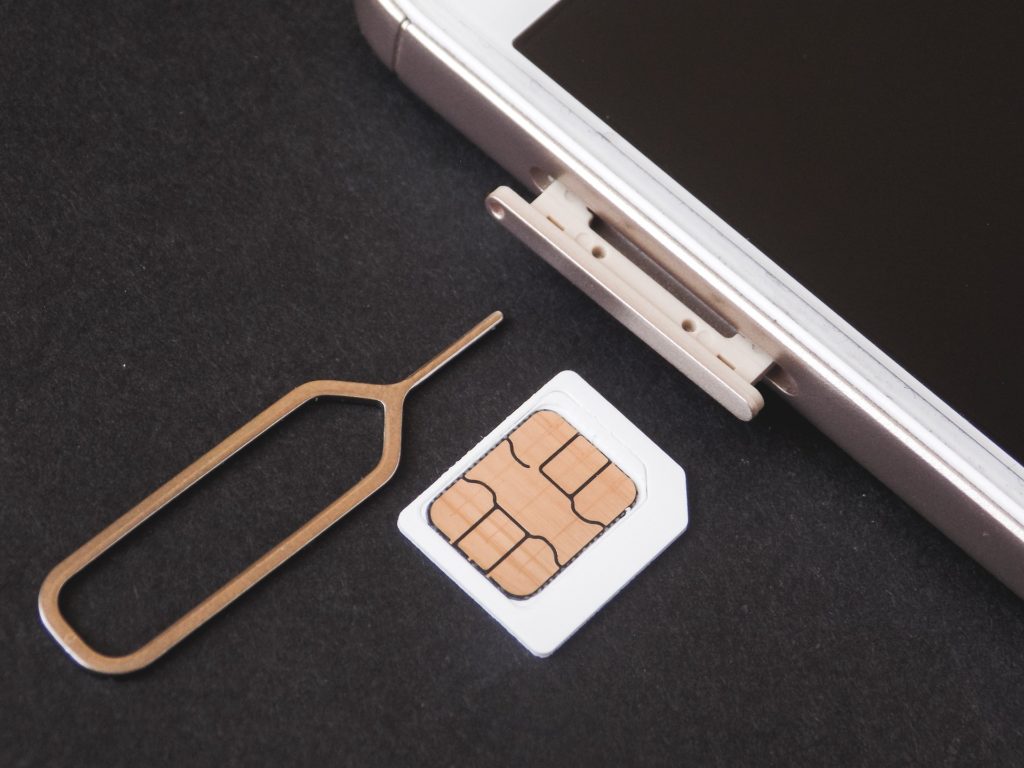You want to lock your mobile device to protect it from unauthorized access, but unlocking it every time you want to use it is a pain. Google has introduced a new feature that will let Android users strike a balance between security and convenience. The new on-body detection feature enables you to unlock your device using a PIN just once as long as the device never leaves your person. It uses the mobile device accelerometer to determine when your device is either in your hand or pocket and then unlocks or locks itself accordingly.
The on-body detection feature—which works solely on Android 5.0 versions and above—automatically grants you access as long as you have entered your PIN once and the device does not leave your person after that. This new feature is obviously a convenience feature and an option to make accessing your device as seamless as possible. It also provides more phone security because once it detects that the device has left your person it locks itself up and requires the PIN to regain access.
Android’s on-body detection draws some similarity to Apples Touch ID which makes use of thumb prints instead of PINs to provide easy access to its users. There are also Android devices with fingerprint scanners but using a fingerprint-based access restriction feature to provide security for Android would be difficult due to the diversity of manufacturers and devices. Most Android devices have a built-in accelerometer, though, so the on-body detection feature is a better solution for the broad Android ecosystem.
Are there flaws to the on-body detection feature? The timing of the on-body detection could be an Achilles heel for the technology. There are reports that quickly handing an enabled device to someone does not cause it to lock itself. Basically, if the Android device is handed to another person before the on-body detection figures out it’s not in your possession any longer it will remain unlocked.
The on-body detection feature is currently available to Nexus devices—Nexus 4, Nexus5 and Nexus 6—and some other devices running Android 5.0 and above. The new feature will be rolling out to Nexus devices and other eligible Android smartphones through an update to Google Play Services.
Do you have an Android device? What do you think of this new feature? Let us know what you think of the concept, or if you’ve actually used it tell us about your experience in the comments below.
- Microsoft will challenge Google Chromebooks with $149 Windows 10 laptops - April 1, 2015
- Windows 10 Mobile coming soon to most Windows Phone devices - April 1, 2015
- Security researchers identify malware threat to virtual currencies - March 30, 2015



